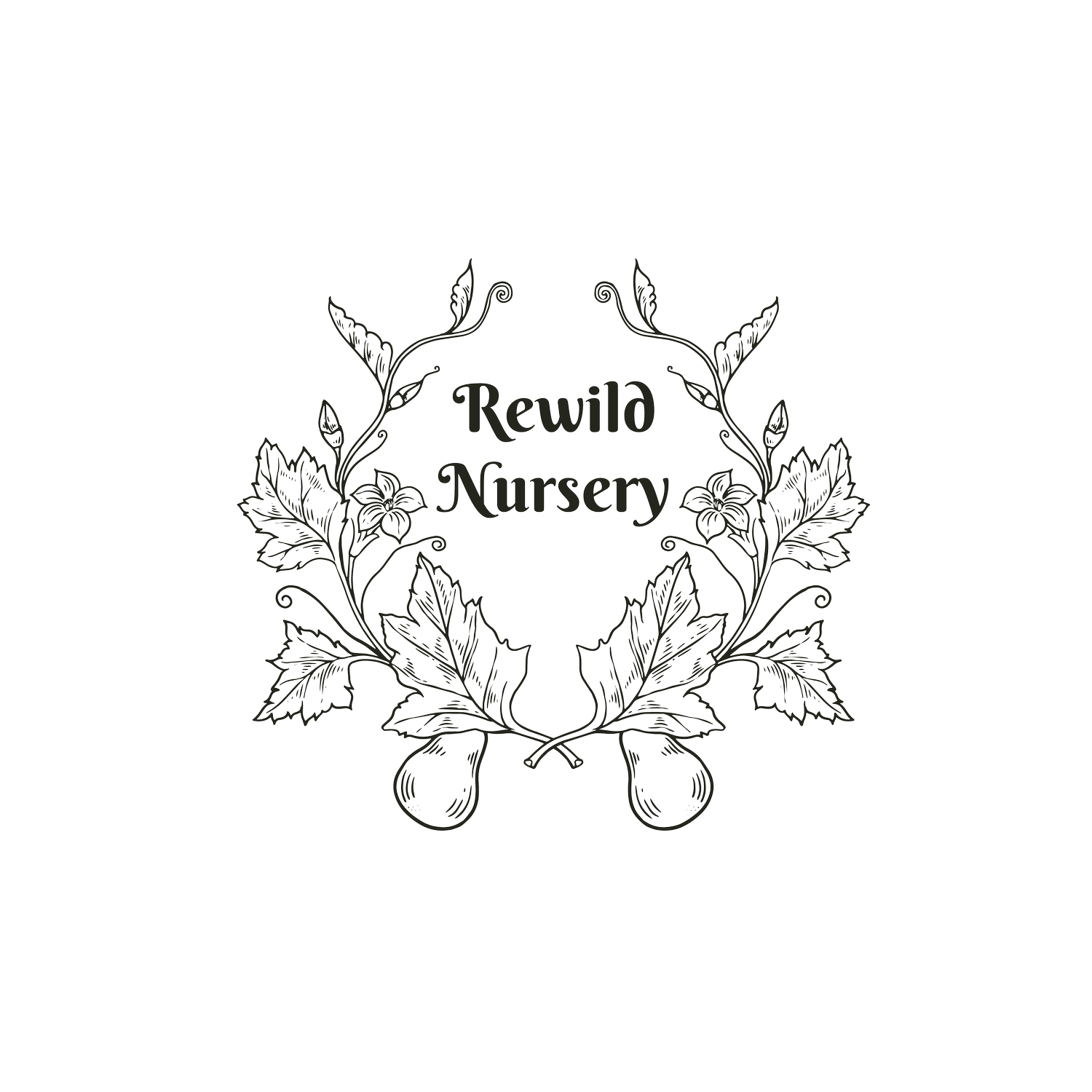 Image 1 of 2
Image 1 of 2

 Image 2 of 2
Image 2 of 2



Purple Passionflower, Passion Vine, Maypop
Scientific name: Passiflora incarnata
Purple passionflower or passion vine (a.k.a. maypop) is the most popular passionflower due to its ornamental value. It is native to Alachua County and much of Florida. It likes full to partial sun and soil that is somewhat moist to soil that experiences very long very dry periods. It is a larval host for many butterfly species, including Gulf fritillary, zebra longwing, crimson patch longwing, red-banded hairstreak, and Julia heliconian butterflies.
Ethnobotanical uses:
Edible, potable, smokable, medicinal. Edible pulp. The fruit can be eaten raw or cooked or made into a jam, jelly, syrup, or juice after seed removal. The fruit skin can be eaten. Cherokee used parboiled leaves & fruit as food. Leaves can be made into a tea. Smokable leaves. Cherokee treated boils with a compound infusion of the root, aided weaning with a root infusion, & treated earaches by putting into the ear a warm infusion of the beaten root. Most members of the genus can be used as a sedative.
Size: Assorted small pots
Scientific name: Passiflora incarnata
Purple passionflower or passion vine (a.k.a. maypop) is the most popular passionflower due to its ornamental value. It is native to Alachua County and much of Florida. It likes full to partial sun and soil that is somewhat moist to soil that experiences very long very dry periods. It is a larval host for many butterfly species, including Gulf fritillary, zebra longwing, crimson patch longwing, red-banded hairstreak, and Julia heliconian butterflies.
Ethnobotanical uses:
Edible, potable, smokable, medicinal. Edible pulp. The fruit can be eaten raw or cooked or made into a jam, jelly, syrup, or juice after seed removal. The fruit skin can be eaten. Cherokee used parboiled leaves & fruit as food. Leaves can be made into a tea. Smokable leaves. Cherokee treated boils with a compound infusion of the root, aided weaning with a root infusion, & treated earaches by putting into the ear a warm infusion of the beaten root. Most members of the genus can be used as a sedative.
Size: Assorted small pots
Scientific name: Passiflora incarnata
Purple passionflower or passion vine (a.k.a. maypop) is the most popular passionflower due to its ornamental value. It is native to Alachua County and much of Florida. It likes full to partial sun and soil that is somewhat moist to soil that experiences very long very dry periods. It is a larval host for many butterfly species, including Gulf fritillary, zebra longwing, crimson patch longwing, red-banded hairstreak, and Julia heliconian butterflies.
Ethnobotanical uses:
Edible, potable, smokable, medicinal. Edible pulp. The fruit can be eaten raw or cooked or made into a jam, jelly, syrup, or juice after seed removal. The fruit skin can be eaten. Cherokee used parboiled leaves & fruit as food. Leaves can be made into a tea. Smokable leaves. Cherokee treated boils with a compound infusion of the root, aided weaning with a root infusion, & treated earaches by putting into the ear a warm infusion of the beaten root. Most members of the genus can be used as a sedative.
Size: Assorted small pots
